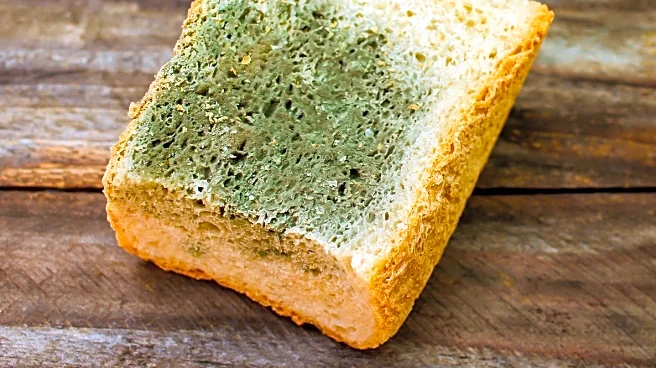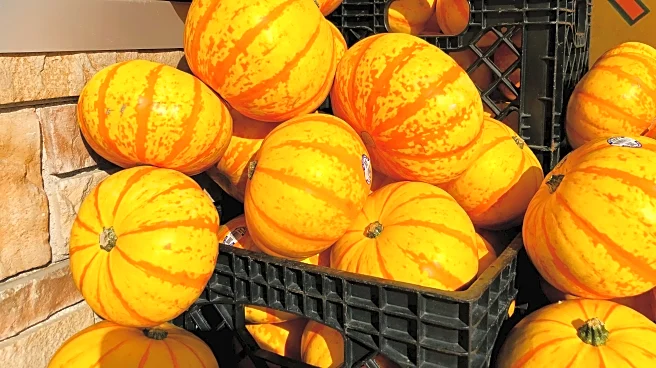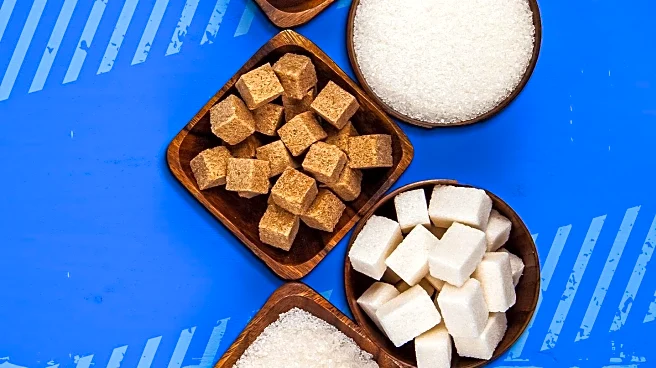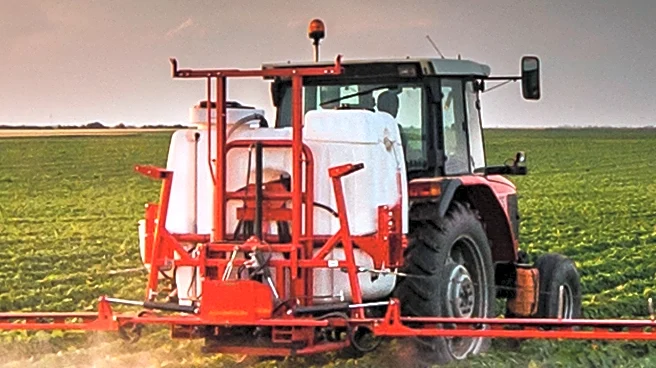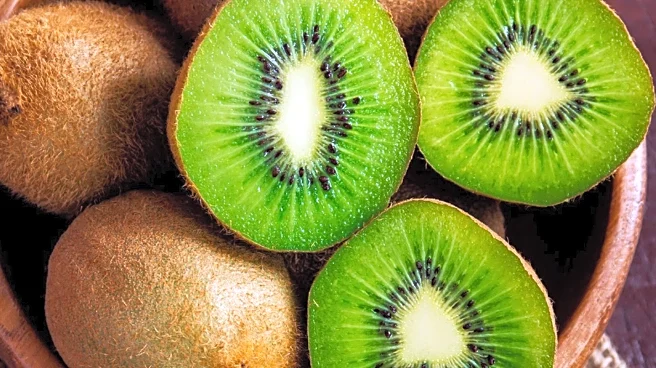What's Happening?
A recent guest column highlights the dangers of consuming moldy food, emphasizing the health risks associated with exposure to mycotoxins. Moldy foods, particularly grains, nuts, fruits, cheese, and meats,
can harbor harmful microorganisms that produce toxins. These toxins can interfere with biological processes and lead to severe health conditions, including liver cancer. The column, authored by toxicologist Brad Reisfeld, outlines the specific molds and bacteria responsible for spoilage and the potential health impacts of consuming contaminated food. Reisfeld advises against eating moldy food, noting that while cooking can kill bacteria, it may not eliminate the toxins they produce.
Why It's Important?
The consumption of moldy food poses significant health risks due to the presence of mycotoxins, which can cause serious conditions like liver cancer and nerve damage. This issue is particularly relevant for public health, as individuals may unknowingly consume contaminated food, leading to widespread health problems. The column serves as a critical reminder of the importance of food safety and the need for consumers to be vigilant about the quality of their food. By understanding the risks associated with moldy food, individuals can make informed decisions to protect their health and prevent potential illnesses.
What's Next?
Consumers are encouraged to discard any food showing signs of mold to avoid health risks. Public health campaigns may focus on educating the public about the dangers of moldy food and the importance of proper food storage. Additionally, food safety regulations could be strengthened to ensure that food products are free from harmful contaminants. Researchers may continue to study the effects of mycotoxins on human health, potentially leading to new guidelines for food consumption and storage.
Beyond the Headlines
The issue of moldy food highlights broader concerns about food waste and safety. While discarding moldy food is essential for health, it also raises questions about sustainable food practices and the balance between minimizing waste and ensuring safety. This dilemma underscores the need for innovative solutions in food preservation and storage to reduce waste while maintaining health standards.
